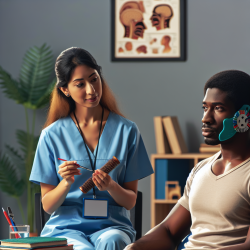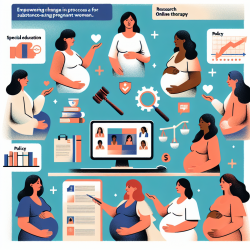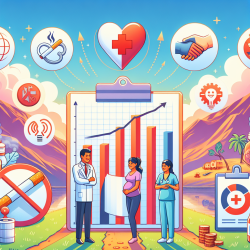Introduction
In the evolving landscape of healthcare, telehealth has emerged as a pivotal tool, especially in the evaluation of oral high-risk lesions. The research article "Factors important in the correct evaluation of oral high-risk lesions during the telehealth era" by Czerninski et al. sheds light on the critical aspects that practitioners need to consider when evaluating these lesions remotely. This blog aims to provide insights into how practitioners can enhance their diagnostic skills and encourage further research in this domain.
Key Findings from the Research
The study involved oral medicine specialists and dental students evaluating images of benign, potentially malignant, and squamous cell carcinoma (SCC) lesions. The findings highlighted several factors that influence the accuracy of evaluations:
- Experienced clinicians performed significantly better in identifying cancerous and potentially malignant lesions compared to students.
- Students' performance improved with increased years of study, time spent in oral medicine clinics, and a keen interest in oral pathology.
- Correct diagnoses were often based on the recognition of lesion irregularity, while incorrect evaluations were frequently linked to misinterpretations of color changes.
- Lesion size and margins were deemed equally important in the diagnostic process.
Implementing Research Outcomes
Practitioners can enhance their telehealth evaluation skills by focusing on the following strategies:
- Enhance Clinical Experience: Engage in continuous education and practical exposure to improve diagnostic accuracy. This can be achieved through workshops, webinars, and hands-on training sessions.
- Focus on Visual Parameters: Pay close attention to lesion irregularity, size, and margins rather than relying solely on color changes. This focus can lead to more accurate assessments.
- Utilize Technology: Leverage advanced imaging tools and software that can enhance the clarity and detail of clinical images, aiding in better evaluation.
- Collaborate with Peers: Regularly discuss challenging cases with colleagues and specialists to gain diverse perspectives and insights.
Encouraging Further Research
While the study provides valuable insights, there is always room for further exploration. Practitioners are encouraged to:
- Participate in research studies to contribute to the growing body of knowledge in telehealth evaluations.
- Explore new technologies and methodologies that can improve diagnostic accuracy and patient outcomes.
- Share findings and experiences with the broader medical community to foster a culture of learning and innovation.
Conclusion
The telehealth era offers immense potential for improving the evaluation of oral high-risk lesions. By implementing the outcomes of recent research and engaging in continuous learning, practitioners can significantly enhance their diagnostic capabilities. To read the original research paper, please follow this link: Factors important in the correct evaluation of oral high-risk lesions during the telehealth era.










